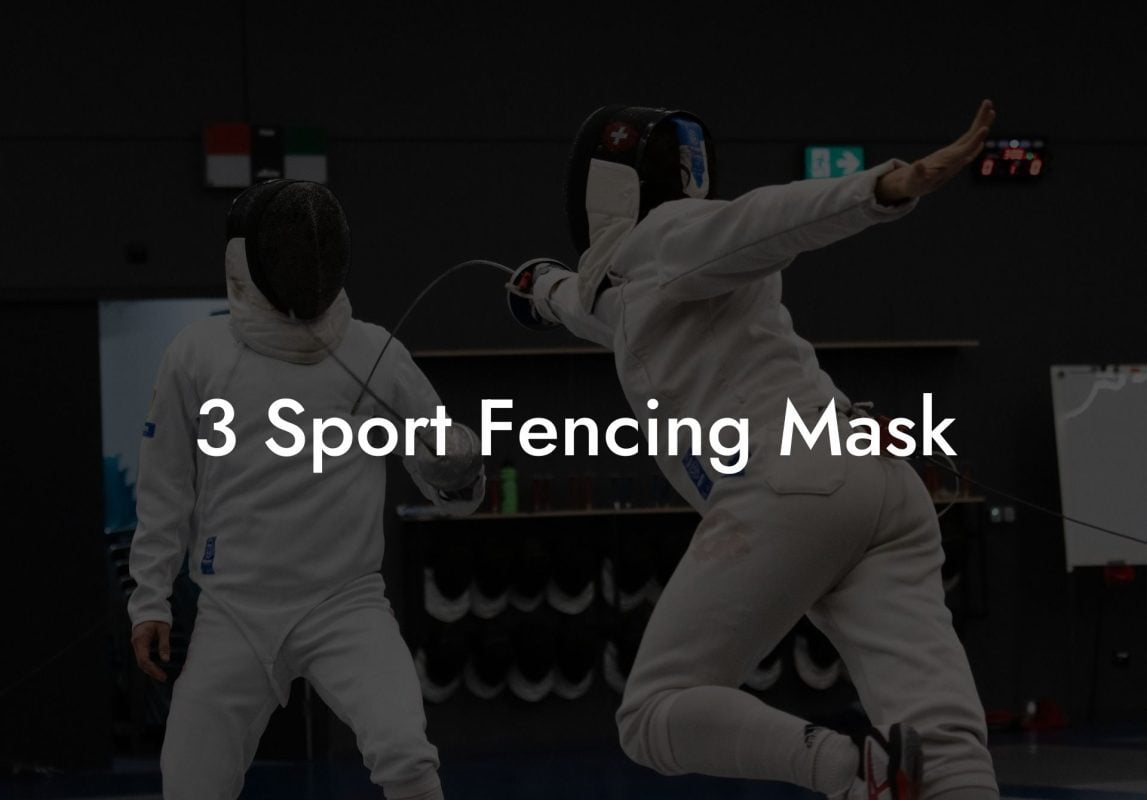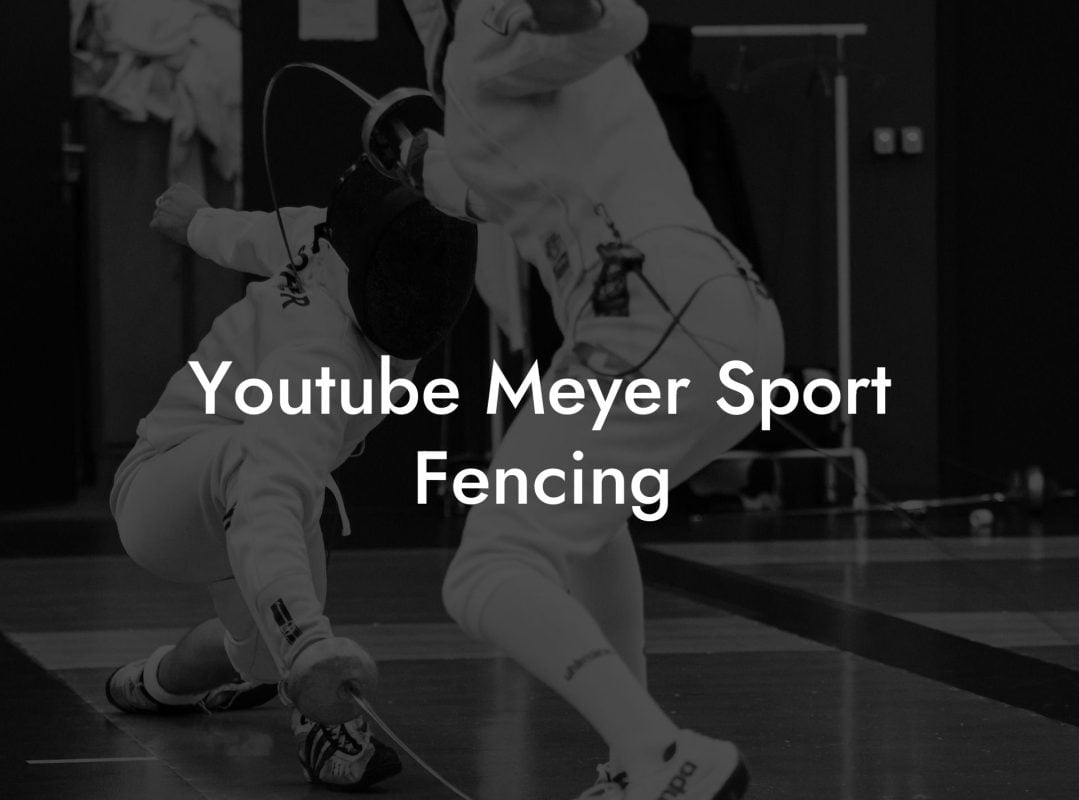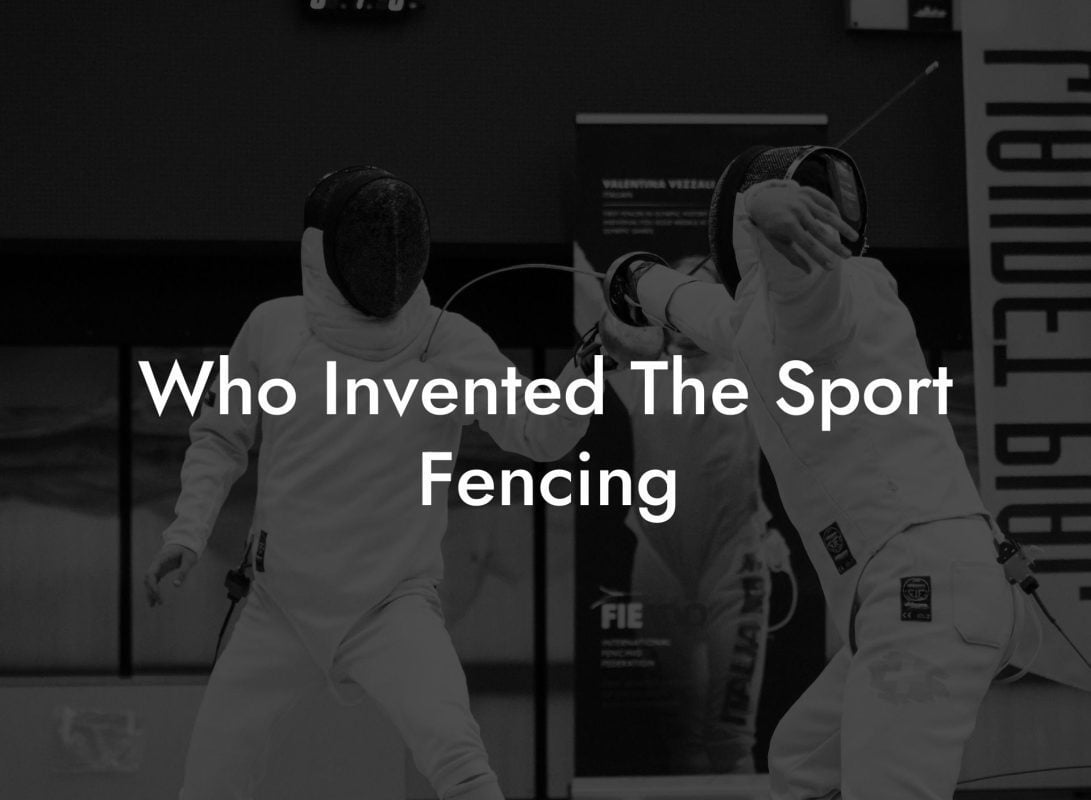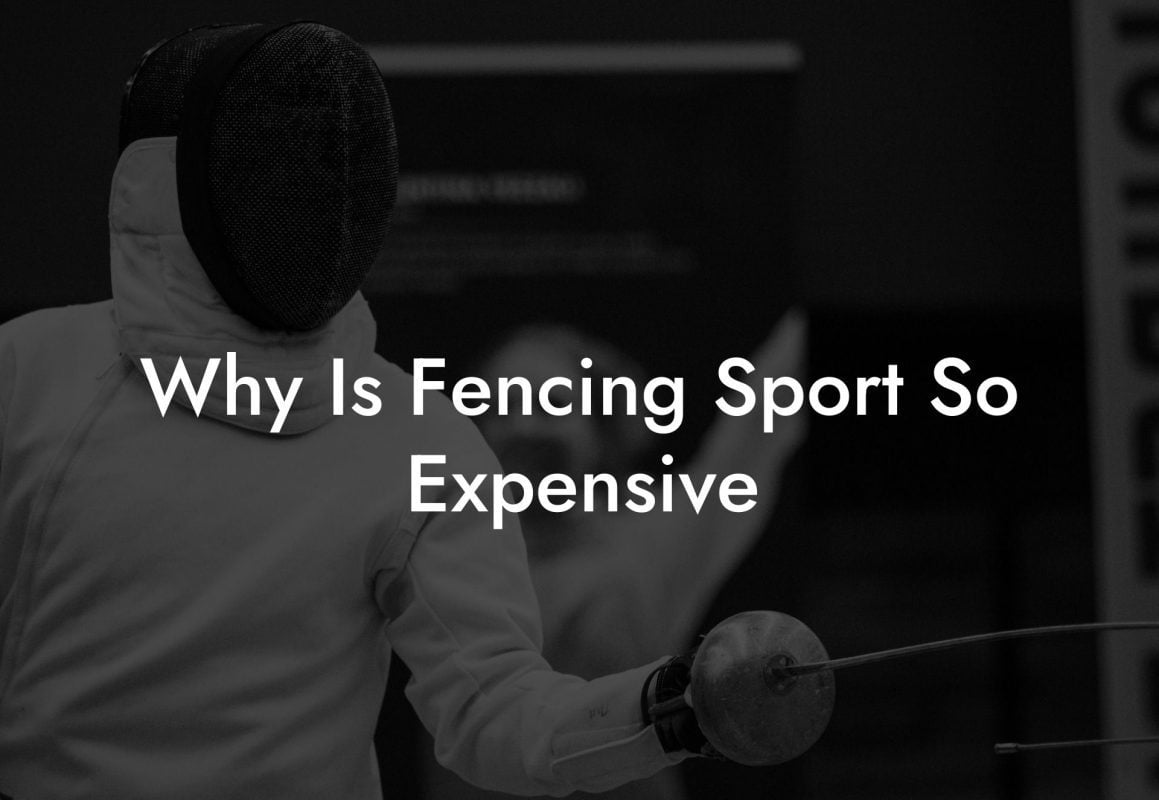Discover the world of fencing, a sport that combines physical prowess, mental agility, and historical tradition. In this article, we'll dive into some fascinating fencing sport facts that will enlighten you on the intricacies of this renowned martial art. Whether you are a seasoned fencer or a curious onlooker, you'll find something new to learn about this exhilarating sport.
Fencing Sport Facts Table of Contents
A Brief History of Fencing
Fencing originated in ancient civilizations, dating back to around 1200 BCE, where it began as a means of training soldiers for battle. It wasn't until the Renaissance era that fencing began to evolve into the modern sport we know today.
Classical Fencing
Classical fencing can be traced back to the 15th and 16th centuries when European fencing masters began to write and publish treatises on the art of swordsmanship. Classical fencing placed heavy emphasis on form, with respect to both technique and strategy.
Modern Fencing
Modern fencing emerged during the late 19th century, with the establishment of the French Fencing Academy in 1885 and the International Fencing Federation (FIE) in 1913. The sport has standardized rules and restrictions, with techniques designed specifically for competition.
Three Major Weapons in Fencing
There are three different weapons used in fencing: the foil, épée, and sabre, each with its own unique set of rules and techniques.
Foil
- Lightest of the three weapons
- Target area: torso
- Points scored by hitting the opponent with the tip of the weapon
- Type of fencing with the most emphasis on technique and strategy
Épée
- Heavier than the foil
- Target area: entire body
- Points scored by hitting with the tip of the weapon
- Épée fencers often focus on feints, traps, and counterattacks
Sabre
- Slash-oriented weapon
- Target area: entire upper body, waist up
- Points scored by hitting with the edge or tip of the weapon
- Sabre fencers often employ aggressive tactics and prioritize speed
Basic Fencing Moves
Fencing encompasses a variety of moves and techniques that vary by weapon type. However, there are a few fundamental moves that all fencers should learn:
Lunge
The lunge is an offensive move in which the fencer extends their front leg and propels themselves forward to reach their opponent. This maneuver is crucial in all three fencing styles and is typically used to land a hit during a moment of vulnerability in the opponent's defense.
Parry
Parrying involves blocking the opponent's weapon with one's own, thus deflecting the incoming attack. Parries are a primary defensive strategy and are crucial to safeguarding against an opponent's advances.
Riposte
A riposte is a counterattack that follows a successful parry. After deflecting the opponent's weapon, the fencer has an opportunity to strike back while their opponent's defense is momentarily compromised.
Fencing Sport Facts Example:
Imagine a bout between two épée fencers. Both fencers carefully circle one another, gauging their opponent's distance and techniques. Fencer A lunges forward, attempting to strike Fencer B's arm, but Fencer B swiftly parries the attack and immediately ripostes, landing a touch on Fencer A's shoulder and scoring a point.
Now that you've learned some fascinating fencing sport facts, we hope you feel inspired to explore the world of fencing further. Whether you're interested in taking up the sport yourself or simply enjoying it as a spectator, there's no better time to delve into its rich traditions and history. Feel free to share this article with friends and fellow enthusiasts, and remember to check out Anchorage Fencing Club's other informative guides and resources!













